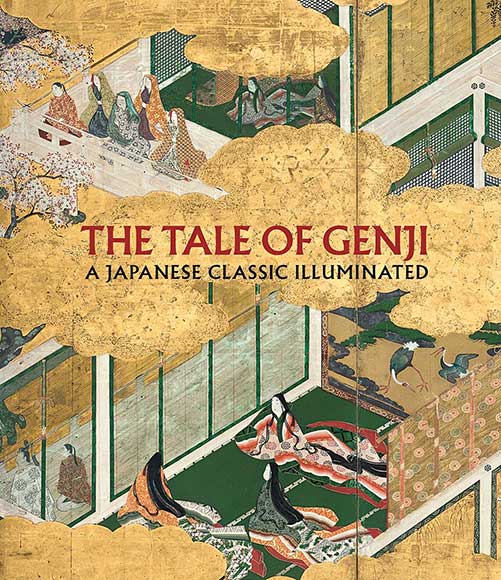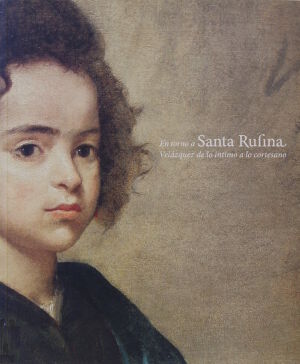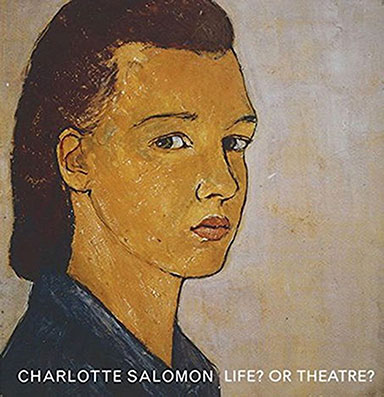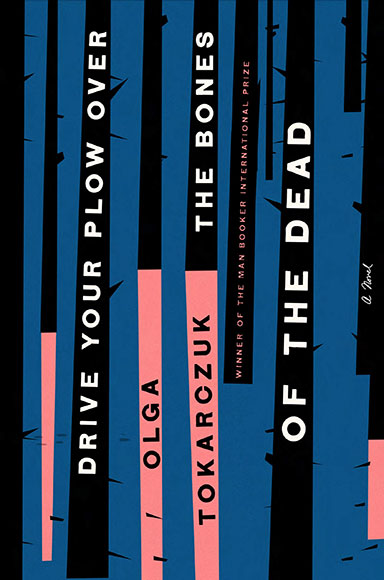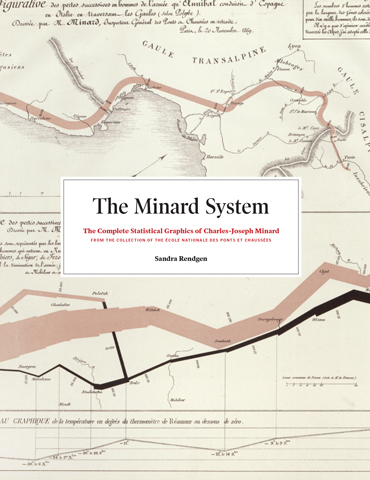THE TALE OF GENJI: A JAPANESE CLASSIC ILLUMINATED
BY JOHN T. CARPENTER, MELISSA McCORMICK, MONIKA BINCSIK AND KYOKO KINOSHITA
(METPUBLICATIONS, 2019)
My early September reading gathers things missing from view, though still longed for and surely still loved.
Note from Sleeve. The great Genji exhibit in the Metropolitan Museum of Art was for me a sprint through the museum’s last open hour. Back home in Florida, the show quickly turned gorgeous blur just the other side of a screen. So I’ve been lingering over the exhibition catalog: The Tale of Genji: A Japanese Classic Illuminated. I love this kind of book—scholarly, materially rich. Long explications of one bowl with a moonflower and poem design (see Chapter 4, “The Lady of the Evening Faces.”) An inviting section heading: Young Murasaki Learning to Hold the Brush.
EN TORNO A SANTA RUFINA: VELAZQUEZ DE LO INTIMO A LO CORTESANO
BY BENITO NAVARRETE PRIETO, ALFONSO E. PÉREZ SÁNCHEZ, PETER CHERRY, AND CARMEN GARRIDO
(FUNDACIÓN FOCUS-ABENGOA, 2008)
Brave Girls Hold Things. So many painted versions of martyred Santa Rufina and Santa Justa hove into view this summer that it seemed wise to read up about the sisters and their 3rd century pottery business in Sevilla. The greatest painting of Santa Rufina is by Velazquez and was identified only in the late 1990’s: she’s maybe 13; her pot and plate are white, as is her martyr’s feather. I was sure I’d never see her again, so I carried En Torno a Santa Rufina: Velazquez de lo intimo a lo cortesano home in my suitcase. Now I’m picking through the Spanish text for clues and remainders, helped along by an English section on different, clay-colored paper. Curious reading/radiography fact: under teen Rufina, another girl faces another direction.
LIFE? OR THEATRE?
BY CHARLOTTE SALOMON
(ABRAMS PRESS, 2017)
Painted/Written. The next book was installed page by page on the walls of the Berardo Collection in Lisbon. Led by sporadic music ghosting in from another room, I already felt pangs of saudades for each page when I passed it. Charlotte Salomon Life? or Theatre? is now the greatest, heaviest, and most entirely beautiful book I own. Via exquisite watercolors+ text combinations, Salomon and her suicided family ghosts arrive so richly, in image/text/sound combos so surprising, that one just falls into them and thus into surely one of the greatest experiences ever of visionary bookness.
DRIVE YOUR PLOW OVER THE BONES OF THE DEAD
BY OLGA TOKARCZUK
(PEGUIN RANDOM HOUSE, 2019)
Grab by Night. In Olga Tokarczuk’s Drive Your Plow Over the Bones of the Dead, a former teacher of a certain age and existential creakiness is convinced that recent local murders are accomplished by local animals. She sounds, even in translation from Polish, like a love child between Blake (whom she also translates from English!) and Dickinson. The evidence, like a flurry of deer hoof prints circling a well, is more mysterious than the crimes. What language exactly DO we believe when we take to dark beds in mid-September? Our heroine’s animal hypothesis is almost universally written off. Almost.
THE MINARD SYSTEM: THE COMPLETE STATISTICAL GRAPHICS OF CHARLES-JOSEPH MINARD
BY SANDRA RENDGEN
(PRINCETON ARCHITECTURAL PRESS, 2018)
The Minard System. This phrase appeared somewhere—why did I take it down so firmly in blue ink? Everything about it seems not-quite-my-cubbyhole. But on page 86-87 of The Minard System: The Complete Statistical Graphics of Charles-Joseph Minard, a herd of blue bubbles roll up the coast of France. Accompanying text demos suggestive minimalism: “Continuing Minard’s exploration of proportional circles …… “ Or this from a graph (p 111-112) which tracks “Migrants of the Globe in 1858” in multi-hued swathes: “Apparently, there was no data for Madagascar, so he decided to dispense with it.”
